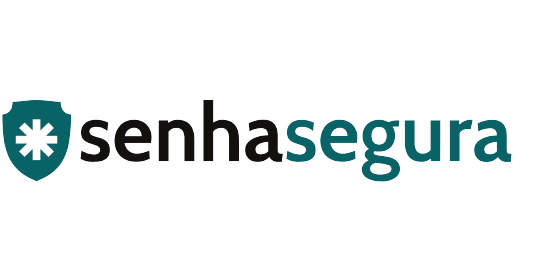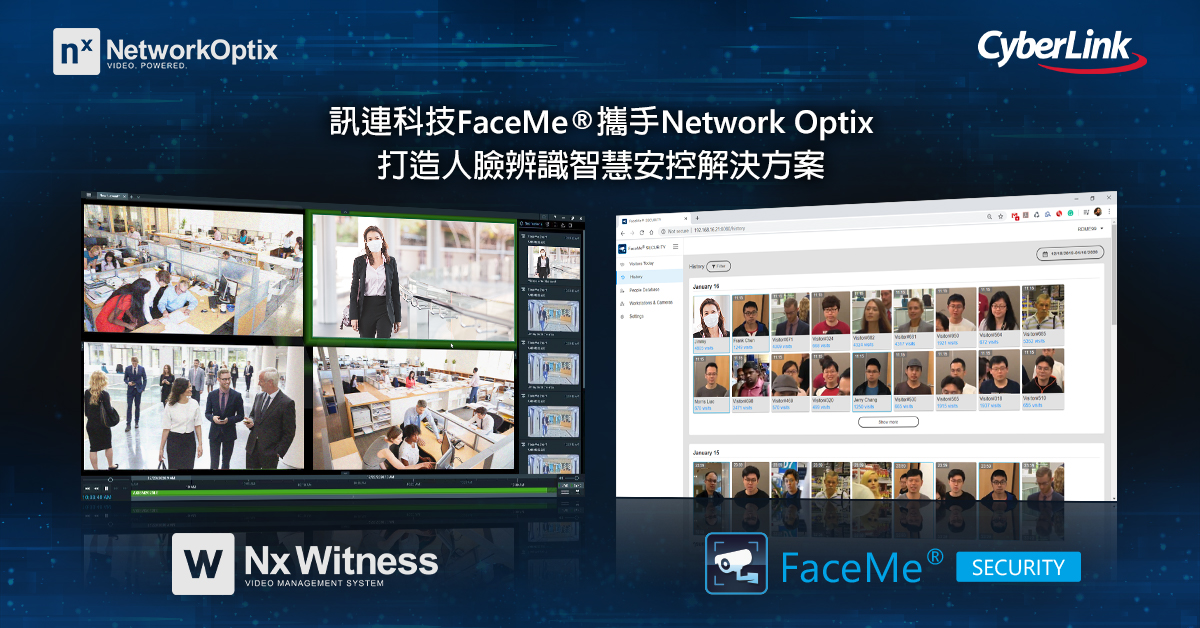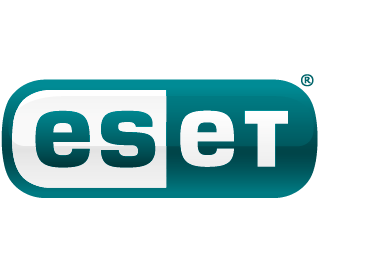
Privileged Access Management (PAM) is formed by a set of cybersecurity strategies and technologies to exercise control over privileged access and permissions for users, accounts, processes, and systems in a technological environment.
A PAM is an ideal solution for preventing and mitigating damage resulting from external attacks, as well as from the neglect of internal employees and other insider threats against privileged credentials, specifically.
Although PAM encompasses many strategies, the main goal of the solution is to apply the concept of least privilege, which concerns the restriction of access rights and permissions for users, accounts, applications, systems, devices, and computing processes to the absolute minimum access required for them to perform their daily activities.
For this reason, PAM is considered by many experts and technologists to be one of the most important cybersecurity solutions for reducing cyber risks and obtaining a relevant security return on investment (ROI).
In today’s article, we explore the main features of a PAM solution and clarify some of the goals of this technology. Keep reading it and find out more about the PAM features.
PAM x IAM
PAM is generally related within a broader scope of Identity and Access Management (IAM).
However, IAM controls provide identity authentication to ensure that a legitimate user has the correct access. Meanwhile, PAM offers visibility, management, and auditing in a detailed way about privileged identities and activities.
Together, PAM and IAM provide refined control, visibility, and auditing capabilities over all existing credentials and privileges in a systemic environment.
Here, we also talk about the main features of a PAM solution and its benefits. If you want to learn more about IAM and how this solution complements PAM, read our article entitled “xxxxx”.
Features of a PAM solution
Privileged access or privileged account is a term used to designate access or special skills above and beyond that of a default user. Privileged access allows organizations to protect their infrastructure and applications, manage businesses efficiently, and maintain the confidentiality of sensitive data and critical infrastructure.
Privileged access can be associated with human users, as well as non-human users, such as applications and machine identities.
Thus, PAM is a solution for managing these privileged accesses. Its main goal is protecting and controlling the use of impersonal and high-privilege credentials, providing secure storage, segregation of access, and full use traceability.
To perform this management of credentials, the PAM solution uses the configuration of Access Groups to define the administrator users who will be allowed to use the password for physical access, and the group of users who can use the remote access offered by the solution to access a target device or system.
All cases may respect approval workflows and validation of explanations provided by the requesting user.
In addition to these basic functions, we present below other possibilities for PAM solutions.
- Emergency Accounts: Provide users with administrator access to secure systems in case of an emergency. Access to these accounts requires the approval of the system manager for security reasons. This is usually a manual process that requires security measures.
- Local administrative account management: shared accounts that provide administrator access to the localhost or a session only. These local accounts are routinely used by IT staff for maintenance on workstations and servers, network devices, and other internal systems.
- Application Account Management: These accounts are used by applications to access databases, perform tasks, run scripts, or provide access to other applications. These privileged accounts often have access to sensitive confidential information within applications and databases.
- Active Directory Integration: A challenge to protect, to say the least, passwords can be even more challenging if changes need to be made, as they require synchronization between various systems and applications.
- Service Account Management: Local or domain accounts used by an application or service to interact with the operating system. In some cases, these service accounts have administrative privileges on domains, depending on the requirements of the application for which they are used.
- Domain Administrative Account Management: super administrators who have privileged access to all workstations and servers within the organization’s domain and provide the widest access over the network. Because they have access to administrative accounts, they are a constant target for hackers.
- Privileged User Account Management: These are users who receive administrative privileges for the systems. Privileged user accounts are one of the most common forms of account access granted in a corporate domain, allowing users to have administrator rights, for example, on their local desktops or on the systems they manage. These accounts often have unique and complex passwords, but most of the time, they are only protected by the passwords.
The more privileges and access a user, account, or process accumulates, the greater the potential for abuse, exploitation, or error. The implementation of privilege management not only minimizes the potential for a security breach to occur, but also helps to limit the scope of one if it occurs.
Benefits of a PAM solution
A counterpoint between PAM and other types of security technologies is that PAM covers various links in the cyberattack chain, protecting against external attacks and insider threats.
PAM provides several key benefits, including:
- Reduced Infection and Malware Spread: Many varieties of malware need elevated privileges for installation or execution. Removing excessive privileges, such as applying company-wide least privilege principles, can prevent malware from establishing itself or reducing its spread if it occurs.
- Operational Performance: restricting privileges to the minimum range of processes to perform an authorized activity reduces the chance of incompatibility problems between applications or systems, in addition to helping reduce the risk of downtime.
- Compliance: By restricting the privileged activities that can be performed, PAM helps to create a less complex and therefore more friendly environment for audits.
Also, many compliance regulations (including HIPAA, PCI DSS, FDDC, Government Connect, FISMA, and SOX) and data protection laws (such as GDPR, LGPD, and CCPA) require organizations to apply least privilege access policies to ensure adequate data management and system security.
When used to manage privileged access on organizational systems and platforms that store or protect the integrity of sensitive data, senhasegura provides a centralized access point for critical systems. Its features allow strengthening the access control, limiting the user access only to what was previously authorized, respecting the principle of least privilege.
About Version 2
Version 2 is one of the most dynamic IT companies in Asia. The company develops and distributes IT products for Internet and IP-based networks, including communication systems, Internet software, security, network, and media products. Through an extensive network of channels, point of sales, resellers, and partnership companies, Version 2 offers quality products and services which are highly acclaimed in the market. Its customers cover a wide spectrum which include Global 1000 enterprises, regional listed companies, public utilities, Government, a vast number of successful SMEs, and consumers in various Asian cities.
About Senhasegura
Senhasegura strive to ensure the sovereignty of companies over actions and privileged information. To this end, we work against data theft through traceability of administrator actions on networks, servers, databases and a multitude of devices. In addition, we pursue compliance with auditing requirements and the most demanding standards, including PCI DSS, Sarbanes-Oxley, ISO 27001 and HIPAA.











